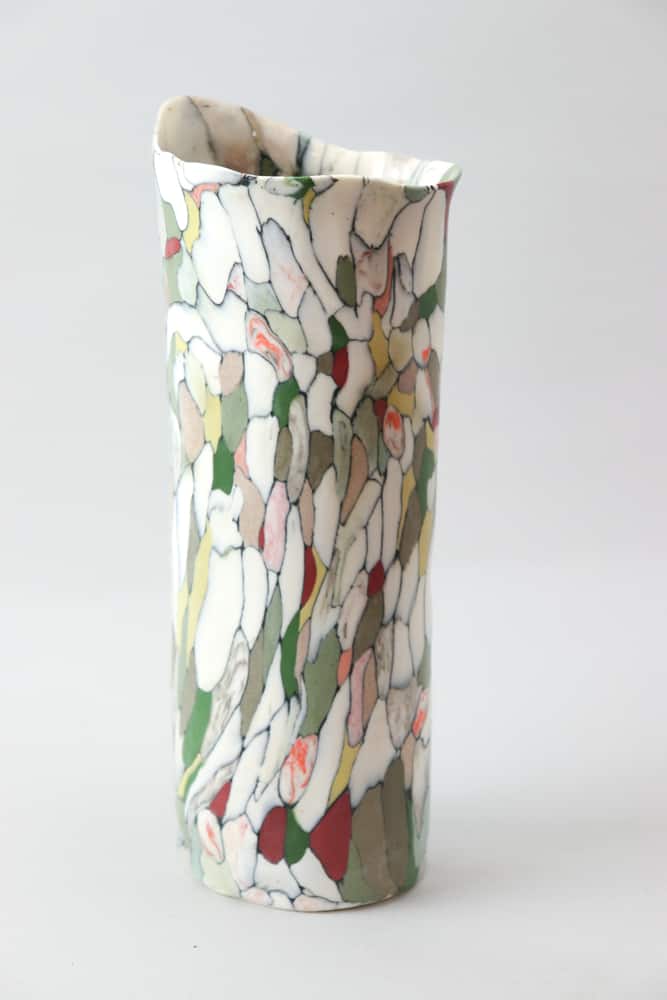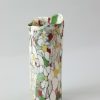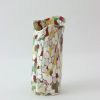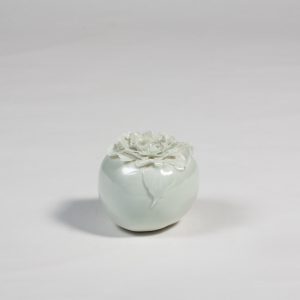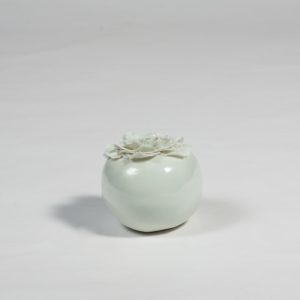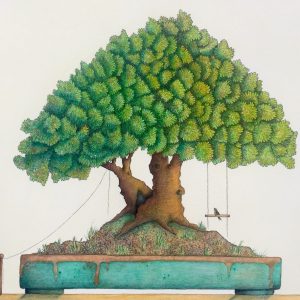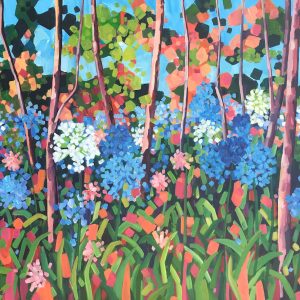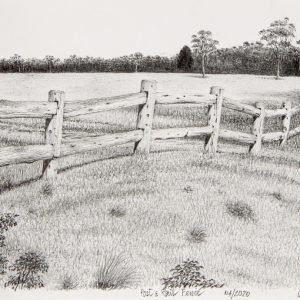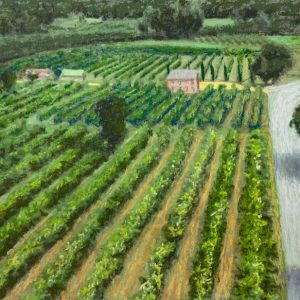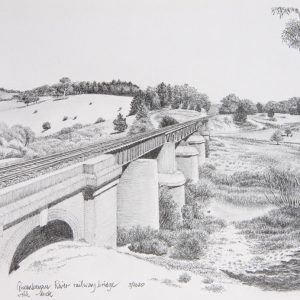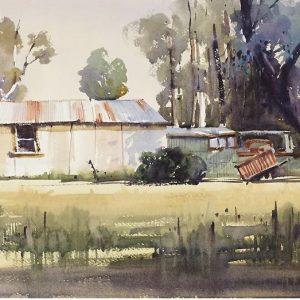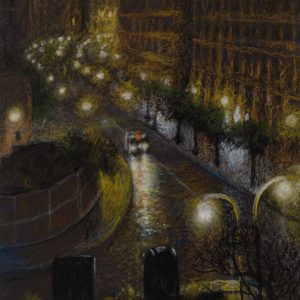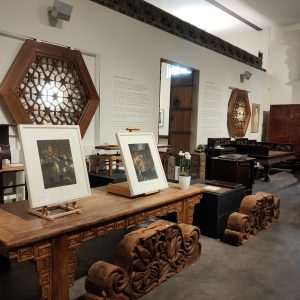Dappled Splendour Series II No. 2 by Josephine Townsend
$285.00
Sold
Make an EnquiryNote: Shipping of art is free in Australia
Send Enquiry for Dappled Splendour Series II No. 2 by Josephine Townsend
Artist Statement
These works are made of laminated coloured porcelain also known as nerikomi. Nerikomi is a complex technique that takes time. The first step is to prepare a range of coloured porcelains. The colours are added using ceramic stains and metal oxides. These are carefully blended into the soft porcelain. To develop a nerikomi block, extensive testing is required to achieve the right colour combinations.
Once created, the coloured porcelains are then layered together to form a block. As the image is not visible until it is sliced open the artist has to imagine the image, as the layers of colour and shape are built up. Hoping for the desired imagery in each slice of the block. Each slice is unique. It is only when the pieces are fully fired that the final vision is clear.
The Dappled Splendour vessels in this exhibition were made from two nerikomi blocks. The first block has small, intricate swirling patterns of light and colour. The second has a larger, more open expression of the same of colours, shapes and light.
Works from this series were awarded the Canberra Potters award for surface decoration in the highly competitive Members Exhibition.
About the Artist
Josephine Townsend is a ceramic artist fascinated by colour, form and pattern. In this exhibition she is exploiting the unique characteristics of a range of clays, and techniques for adding colour and pattern. She works out of her home studio in Canberra creating an eclectic range of works, including vases, tableware, sculpture, wall art, jewellery and lighting. After careers in teaching and the public service, Josephine is now a full-time ceramic artist and a part-time teacher of ceramics.
This exhibition aims to distil the peace and joy of beautiful natural spaces into ceramic sculptural forms and vessels. It draws on the concept of forest bathing (shinrin-yoku) where people go to natural places to refresh and heal through contemplation. Inviting the viewer to pause, to observe closely, and be absorbed by detail.
Josephine would like to gratefully acknowledge the generous support of CAPO (Capital Arts Patrons Organisation) in providing her with the Michele Black Memorial Award that has supported the creation of the work for this exhibition.

